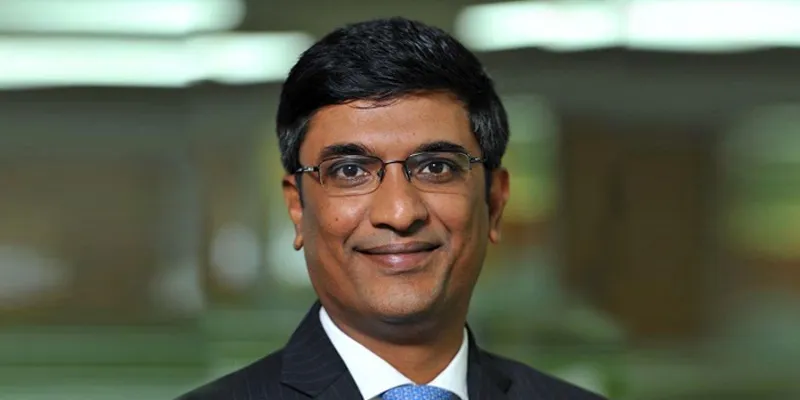With 24 banks onboard, BharatQR launched for merchants, targets 1Mn deployment by yearend
With much fanfare, the BharatQR, a common QR code developed by major card network companies National Payments Corporation of India (NPCI), MasterCard and Visa was launched today. The launch marks a significant milestone as BharatQR is the world’s first interoperable Quick Response (QR) code acceptance solution.

Devised on the basis of directions issued by the Reserve Bank of India (RBI) in September 2016, according to the statement, BharatQR is based on three key benefits:
- Consumers will not need to scan different QR codes at the same merchant provided by the different payment networks.
- Merchants will only need to display one QR code at the storefront or through the acquiring bank’s mobile application.
- The underlying specification for BharatQR can be implemented in other countries to deliver a globally interoperable solution.
Moreover, according to the announcement, the implementation of BharatQR standards will only happen at the backend, saving merchants the trouble of changing existing QR codes.
The announcement also involved provisions for three additional fields - 1) Bank account and IFS code, 2) Unified Payments Interface, and 3) Aadhaar. These additional fields provide banks the option to populate them in Phase 2 of the development of the offering as QR-based payments scale in the country. American Express is also onboard to adopt these standards.
According to A.P. Hota, Managing Director and CEO of NPCI, UPI QRs will be integrated with BharatQR in the next two to three months.
Further, used by only credit or debit card owners, BharatQR is integrated within the bank’s payment or mobile banking app. This means that the customers can access or scan QR codes through their respective bank applications.
YourStory also caught up with T.R. Ramachandran, Group Country Manager, India & South Asia, at Visa, to understand some of the developments. Here are some of the excerpts of that conversation:
YS: There is some talk about BharatQR helping card networks get a better footing than wallets. What do you think about that, considering that QR codes really reduce the capex deployed on PoS and card issuance?
TRR: It is important to understand that the objective is not to strike at wallets. The real objective centres on this - today, we have more than 330 million debit cards in circulation, but an acceptance infrastructure of only 1.5 million, or a tad under two million at best.
With such disparity, the thought process was on how we could rapidly proliferate the infrastructure and scale up the merchant acceptance network.
YS: When can we see BharatQR complete interoperability for all payment operators, including mobile wallets?
TRR: Personally, for all major card networks (Visa, MasterCard, RuPay, American Express) to have an industry-first association is a really big deal. Apart from debit and credit cards, there are also fields of Aadhaar number and UPI that will be filled.
On the integration bit, I’d like to quote Mr. Hota, who earlier at the event said that we’d be integrating UPI QR codes in the next two to three months. So, it’s not years we are talking about, but rather weeks or months.

YS: Now, with the BharatQR launch, how are you going to drive acceptance amongst merchants, and would you be working on newer innovations to drive adoption?
TSS: At present, we have been joined by 14 acquiring banks and 10 issuing banks on the merchant side of the business, and we plan to add 20 more banks to this list by the end of next month.
Banks are looking at their base of merchants who have current accounts to sell this proposition.
Further, we are definitely working on fast onboarding, utilising e-KYC or Aadhaar-based KYC to generate a unique QR code and send them across to even remote merchants through e-mail. Several people are working out the APIs at the backend, and we are confident of adding 500,000 new PoS QRs by September this year.
YS: With bank CEOs mainly rubbishing wallet businesses, what do you think about the wallet business in general?
TRR: Well, to be honest, from a card networks perspective, we are only concerned about avenues that give us business. And if you look closely, you'll see that most wallets ride on card networks, with 95 percent of their funding (recharging of wallet balances) still happening through card networks.
Among the major banks that are a part of the initiative are Axis Bank, Bank of Baroda, Bank of India, Citi Union Bank, DCB, Karur Vysya Bank, HDFC Bank, ICICI Bank, IDBI Bank, RBL Bank, State Bank of India, Union Bank of India, Vijaya Bank and Yes Bank.
According to A.P. Hota, the association will look at deploying one million BharatQR codes by the end of this year.







